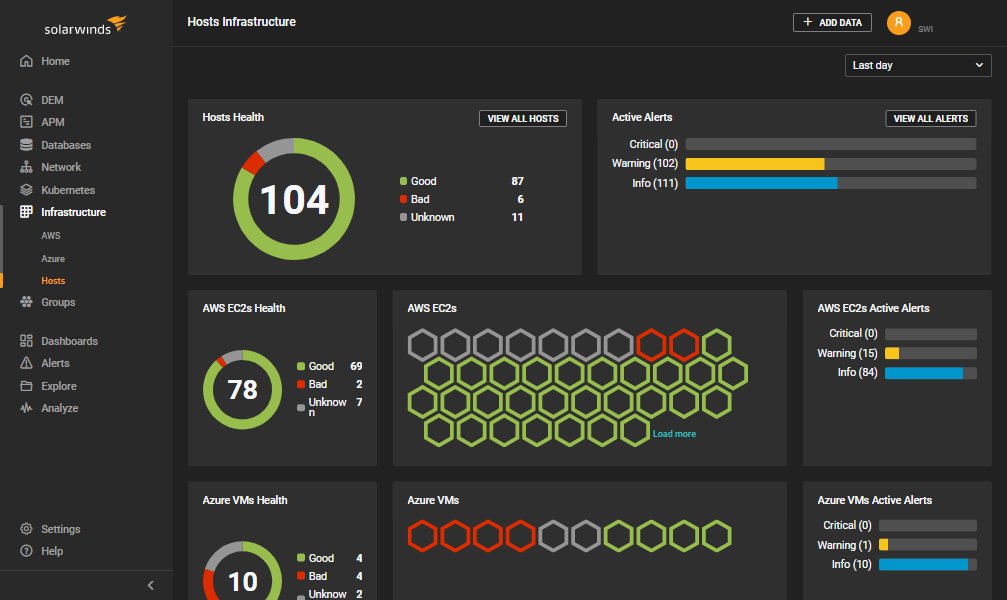The blogosphere haystack: 144 million blogs

 No wonder many bloggers have a hard time getting noticed. According to Blogpulse, there are more than 144 million blogs in the world, publishing 1 million posts per day. So there is some competition.
No wonder many bloggers have a hard time getting noticed. According to Blogpulse, there are more than 144 million blogs in the world, publishing 1 million posts per day. So there is some competition.
That’s an awful lot of hay for potential readers to sift through for that one single needle that your blog represents.
Thankfully, it’s not quite as bad as it looks.






 Google has been dominating the search engine market for years, but at least there are some competitors that have a few percent each.
Google has been dominating the search engine market for years, but at least there are some competitors that have a few percent each. The world is a big place, but so is the Internet. We know which countries are the largest in the real world, but what about on the Internet?
The world is a big place, but so is the Internet. We know which countries are the largest in the real world, but what about on the Internet? Not to beat a dead horse, but why didn’t Apple think of this…? 🙂
Not to beat a dead horse, but why didn’t Apple think of this…? 🙂
 The .com top-level domain has dominated the Internet pretty much from the start, and that’s still the case. But how strong is this dominance? After all, there are now approximately
The .com top-level domain has dominated the Internet pretty much from the start, and that’s still the case. But how strong is this dominance? After all, there are now approximately 
 Microsoft just
Microsoft just 
 Looks like we’re headed for a big milestone on the Internet: 200 million registered domain names. By the end of Q1 this year there were a total of 193 million domain names when counting all top-level domains. That was two months ago.
Looks like we’re headed for a big milestone on the Internet: 200 million registered domain names. By the end of Q1 this year there were a total of 193 million domain names when counting all top-level domains. That was two months ago. Back in December 2009, the number of tweets per month on Twitter
Back in December 2009, the number of tweets per month on Twitter  A significant number of iPhone owners have chosen to circumvent Apple’s default iPhone OS installation with a hacked version that lets them install applications from outside the App Store, have applications running in the background, and so on. It’s called, as you probably know, “
A significant number of iPhone owners have chosen to circumvent Apple’s default iPhone OS installation with a hacked version that lets them install applications from outside the App Store, have applications running in the background, and so on. It’s called, as you probably know, “ Microsoft finally admitted to the existence of its fabled dual-screen Courier tablet. But unfortunately for us, that admission only came after
Microsoft finally admitted to the existence of its fabled dual-screen Courier tablet. But unfortunately for us, that admission only came after  It seems like not a week goes by without new numbers of how many apps there are in Apple’s iPhone App Store or Google’s Android Market. And frankly, it’s starting to get ridiculous.
It seems like not a week goes by without new numbers of how many apps there are in Apple’s iPhone App Store or Google’s Android Market. And frankly, it’s starting to get ridiculous. Domain names, without them the web would just be a bunch of hard-to-remember IP addresses. Imagine telling your buddies, “Oh, I found this awesome site at 72.14.204.104 last night.”
Domain names, without them the web would just be a bunch of hard-to-remember IP addresses. Imagine telling your buddies, “Oh, I found this awesome site at 72.14.204.104 last night.” There’s no doubt that Google is kicking butt and taking names with its Android smartphones. A
There’s no doubt that Google is kicking butt and taking names with its Android smartphones. A  If you’re using
If you’re using 



















